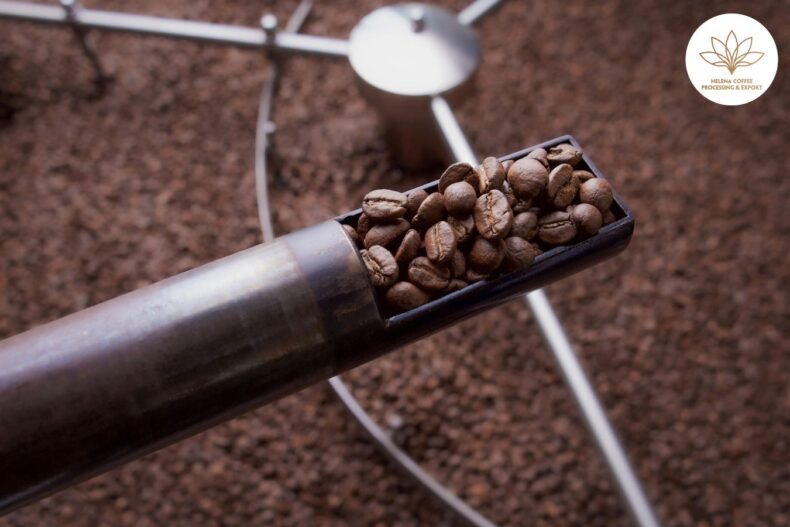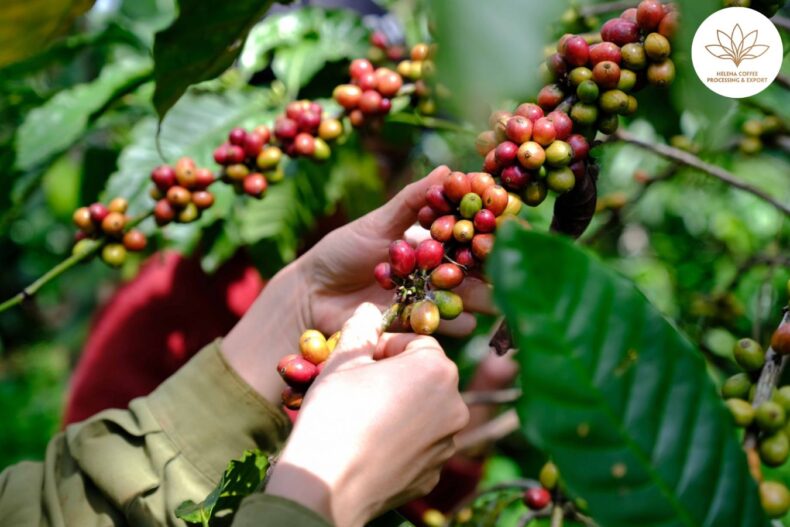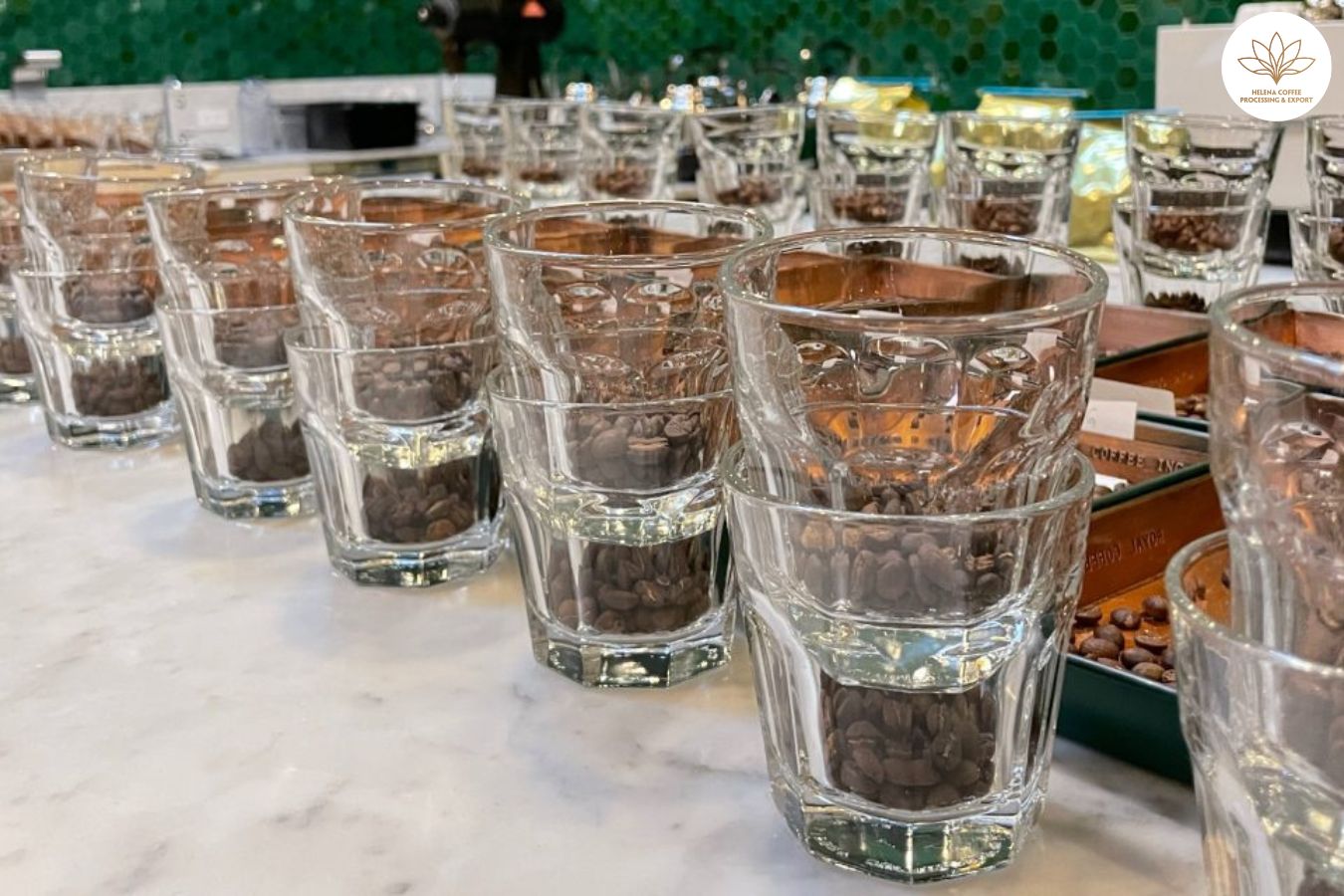
Navigating the Current Climate: Strategic Coffee Selection and Stock Management for Roasters
In today’s market, where competition is fierce and operational costs—such as energy and labor—are surging, coffee roasters are finding their profit margins squeezed tighter than ever before. Despite these challenges, it remains crucial for roasters to cater to a diverse palate, offering a spectrum of coffee profiles to meet the varied tastes of their clientele.
Yet, the imperative extends beyond variety. Roasters must also ensure the freshness of their offerings, a task that becomes increasingly complex with a broader range of coffees. Effective stock management and the meticulous rotation of green coffee beans are key to achieving this balance.
While the task of stock rotation presents its own set of hurdles, there are numerous strategies that roasters can employ to navigate this landscape with efficiency, sustainability, and profitability in mind. To gain deeper insights into these strategies, I engaged with Richard Sandlin, the esteemed Director of Business Development at Royal Coffee. Continue reading to delve into his valuable perspectives.
THE ART AND SCIENCE OF BEAN ROTATION FOR SPECIALTY COFFEE ROASTERS
- Understanding the Rhythms of Green Coffee Rotation
- For the discerning specialty coffee roaster, the rotation of green coffee beans is akin to a finely tuned dance: orchestrated through two principal movements.
The first entails the cycle of selling a previous season’s harvest to patrons and subsequently procuring the latest yield of the same varietal. The second movement involves introducing a fresh and previously unfeatured harvest to the menu after selling off the older stock.
Richard sheds light on the underlying philosophy of this process: “It’s principally governed by a ‘first in, first out’ approach,” he notes. This means that beans purchased earlier should be roasted and sold before newer arrivals to ensure maximum freshness. The practice, however, is often more nuanced.
“Procuring green coffee transcends the mere purchase of standard-sized bags or lots,” he elucidates. “Given its seasonal nature, coffee is harvested, shipped, and received at various times across the globe. This seasonality necessitates a balanced consideration of three critical factors: cost, availability, and quality,” Richard emphasizes. Shifts in any of these elements can complicate sourcing, making strategic rotation a savvy solution.
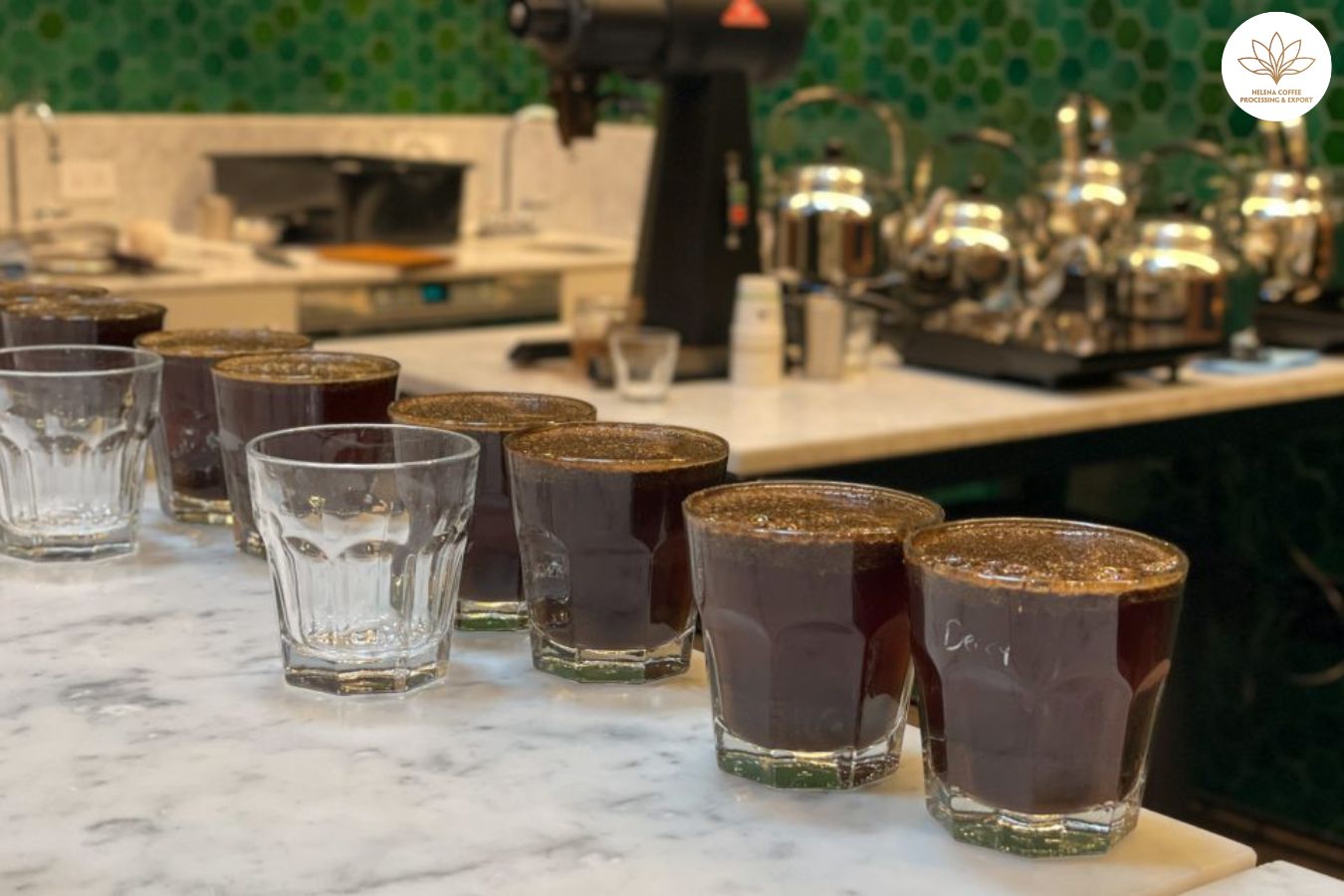
The Quest for Freshness
For patrons to relish the complete array of flavors that coffee has to offer, freshness is paramount. Over time, aging coffee beans undergo oxidation, resulting in a loss of their vibrant flavors and aromas.
Roasted beans are particularly prone to staleness due to the irreversible alterations caused by roasting. However, green beans are not immune to aging and must be monitored for freshness. Generally, green coffee maintains its freshness for a span of six to twelve months, a crucial window for roasters to bear in mind.
“In an ideal scenario,” Richard advises, “a roaster’s beans would reach the importer’s warehouse approximately one to three months prior to when they’re needed, and roasters would procure enough green coffee to last them about three to six months.”
He continues, “Efficient green coffee rotation ensures a consistent supply of the freshest beans without the need to stockpile a year’s worth in advance.”
Mastering Inventory Management
Whether operating on a small or large scale, inventory management is a cornerstone of running an efficient roasting operation.
Roasters must gauge their storage capacity before committing to large coffee purchases and prioritize roasting beans that need to be sold promptly. Richard points out that effective stock management extends beyond mere storage considerations.
“It’s essential to identify core coffees that are reliable,” he says. “By selecting coffees from countries with year-round production like Honduras, Guatemala, Peru, and Colombia, you can maintain a consistent blend profile.”
“Prioritize flavor over origin,” Richard suggests, “allowing more flexibility in managing both inventory and finances. To aid in this, Royal Coffee has introduced the Royal Gem collection – conveniently sized 50lb boxes of green coffee, handpicked by our expert traders to facilitate the scaling of roasting businesses with top-quality, accessible, and flavorful selections.”
The Balancing Act of Variety
Offering a diverse range of coffee lots, while ensuring each remains fresh, is a delicate equilibrium. Specialty coffee enthusiasts expect a spectrum of origins, varieties, processing techniques, and roast profiles.
Though blends are a staple for many roasters, single origins offer flexibility. “You can expand your single origin offerings as wide as you see fit,” Richard mentions.
Some roasters opt to feature micro and nano lots, which are smaller in quantity but often exhibit unique and intricate taste profiles, serving as a distinctive draw for customers. “Royal Coffee’s Crown Jewels are process and variety-specific, mirroring micro-milled lots intended for premium offerings,” Richard explains. “Each comes with a comprehensive analysis, including the producer’s narrative, coffee specifics, recommended roasting profiles, brewing methods, and tasting notes from our experts.”
These smaller lots sell quickly, imparting an exclusive, limited-edition appeal and enabling roasters to manage and rotate their inventory with greater precision.
OPTIMIZING ROTATION STRATEGIES FOR SPECIALTY COFFEE ROASTERS
Navigating the Complexities of Green Coffee Management
For those at the helm of specialty coffee roasting operations, the art of bean rotation presents both challenges and opportunities. Effective strategies can help roasters surmount potential difficulties and maintain a dynamic inventory.
Embracing Smaller Lots for Greater Agility
While larger roasters may require substantial volumes to meet consumer demand, embracing smaller lot sizes can enhance flexibility. These lots are typically sold and, consequently, rotated more swiftly, keeping offerings fresh and engaging.
“Roasters would benefit from crafting a tailored monthly usage calculator to gain insights into their menu structure,” Richard advises. He illustrates, “A roaster’s selection may consist of three single origins, a couple of blends, a decaffeinated option, and a ‘roaster’s choice’ specialty. By understanding monthly requirements for these categories, roasters can accurately determine the quantity of full-sized bags and smaller, curated boxes such as the 22lb Crown Jewel or 50lb Royal Gem selections needed for any given timeframe.”
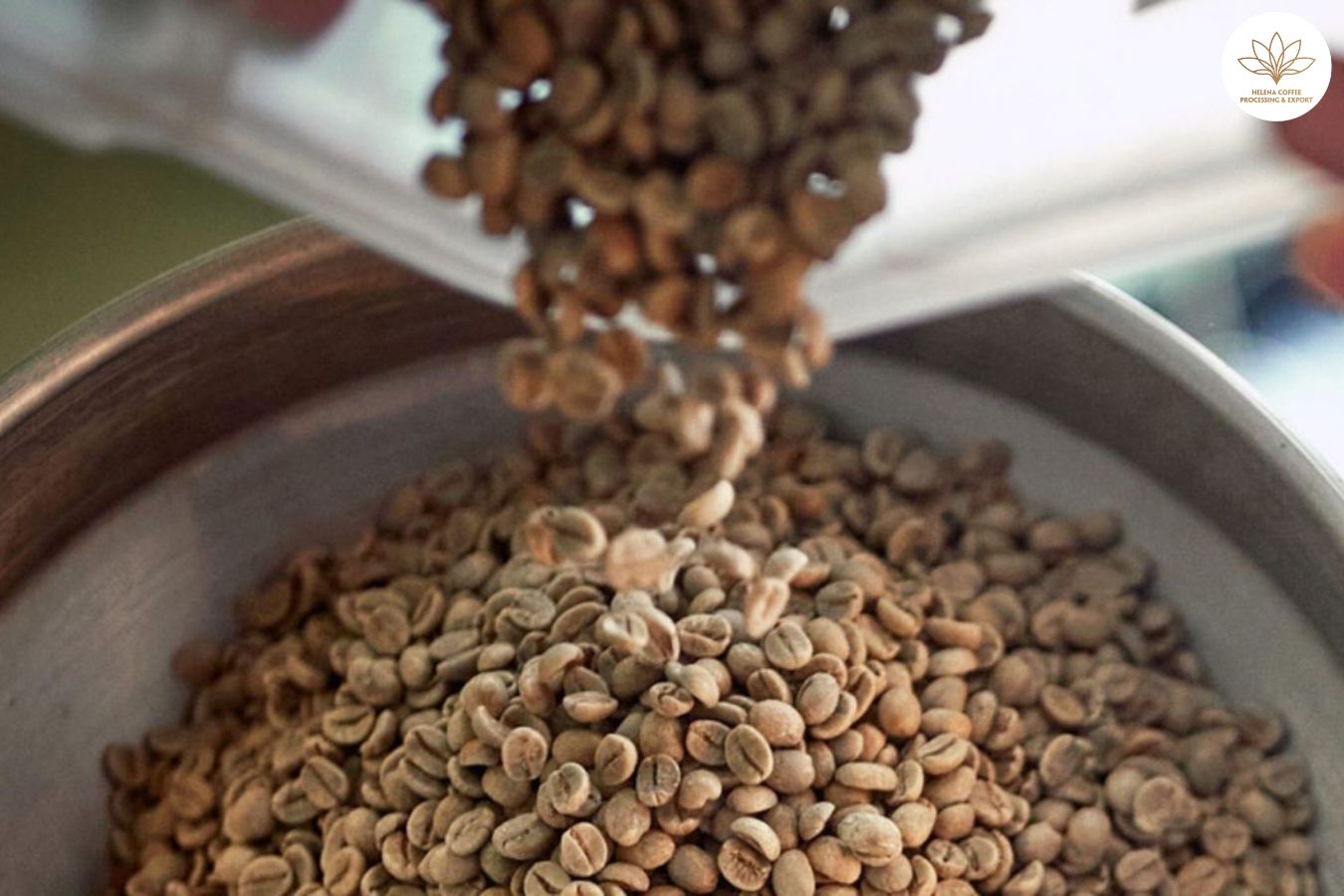
Striking a Financial Balance
Mastering cost management is a linchpin for success in the coffee industry. Roasters must cater to diverse consumer preferences, which entails offering a wide array of coffee qualities.
“Building a sustainable business model often involves focusing on coffees priced between US $3 to $6 per pound rather than those in the US $8 to $12 range,” Richard points out. “While mid-tier priced coffees generally constitute the bulk of sales, there are moments when investing in premium offerings, like Geshas or coffees with novel processing methods, becomes imperative—though these purchases are exceptions rather than the rule.”
The Significance of Packaging in Coffee Rotation
Richard underscores that packaging is a critical, yet sometimes overlooked, element in the rotation of green coffee.
In a market where distinction is key, packaging design has become increasingly significant for both roasters and consumers. Nonetheless, roasters must remain cognizant of their packaging inventory to avoid overcommitment to specific coffees.
“The more adaptable your packaging strategy is, the more effective you’ll be at rotating your stock and consequently, at offering the freshest coffee possible,” he asserts. Opting for packaging solutions that require lower minimum orders and have shorter lead times can empower roasters to manage both their inventory and finances with greater precision.
ENHANCED ROTATION PRACTICES FOR COFFEE ROASTERS: A GUIDE TO MANAGING SPECIALTY BEANS
Crafting a Cohesive Strategy for Green Coffee Management
The journey of managing a roastery and mastering the rotation of green coffee is fraught with potential pitfalls, yet it presents numerous strategies for roasters to triumph over these challenges.
Adopting a Nimble Approach with Smaller Coffee Quantities
It’s essential for larger roasters to secure substantial coffee volumes to satisfy demand, but integrating smaller lots into their inventory can significantly boost their agility. These lots tend to move through the sales cycle more rapidly, enabling a more efficient rotation.
Richard advises, “Roasters ought to refine a bespoke monthly usage calculation tool to deepen their Selection of their menu composition. For instance, a roaster’s lineup could include a trifecta of single origins, a pair of blends, a decaffeinated offering, and a ‘roaster’s choice’ specialty selection. With a firmer understanding of these monthly needs, roasters can accurately ascertain the requisite number of full-sized bags and smaller, specialty boxes like the 22lb Crown Jewel or 50lb Royal Gem packages.”
Achieving Cost Equilibrium
A critical component of any coffee enterprise is the adept management of expenses. It’s imperative for roasters to provide a selection that appeals to a wide customer base, which in turn necessitates a spectrum of coffee qualities.
Richard shares his insight: “The more economical route for roasters is generally to anchor their business in coffees ranging from US $3 to $6 per pound, as opposed to those costing US $8 to $12 per pound. Sales figures often lean heavily towards mid-tier priced coffees over their pricier counterparts. Nevertheless, there are occasions when the acquisition of premium coffees, such as Geshas or those with innovative processing methods, is essential, though these are more the exception than the standard practice.”
The Integral Role of Packaging in the Art of Bean Rotation
Richard highlights the often-overlooked yet crucial role of packaging in the rotation of green coffee beans.
In a market brimming with competition, the allure and design of packaging have taken center stage for both roasters and their clientele. However, it remains crucial for roasters to carefully consider the volume of packaging ordered for their coffee varieties.
He asserts, “The greater the adaptability of your packaging approach, the more proficient you become at rotating your stock, which directly correlates to selling the freshest coffee available.”
Opting for packaging options with minimal order requirements and expedited production times can assist roasters in maintaining robust control over their inventory. This approach also ensures that roasters are more effectively streamlining their costs, securing their position in a competitive marketplace.
For a thriving and enduring roastery, the art of inventory control is undeniably critical. Yet, it’s the strategic and consistent rotation of coffees that stands as a pillar of this practice.
“Revamping your entire selection monthly isn’t necessary, but introducing new choices periodically—every few months or so—can invigorate your lineup and harmonize with the changing seasons,” Richard advises. “Align your sourcing and purchasing with these seasonal rhythms to ensure peak freshness and maintain a more robust financial cycle.”
FAQS:

